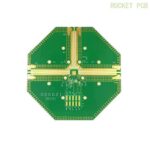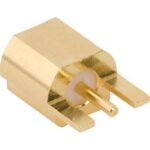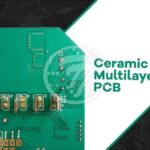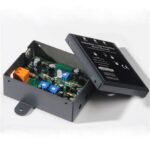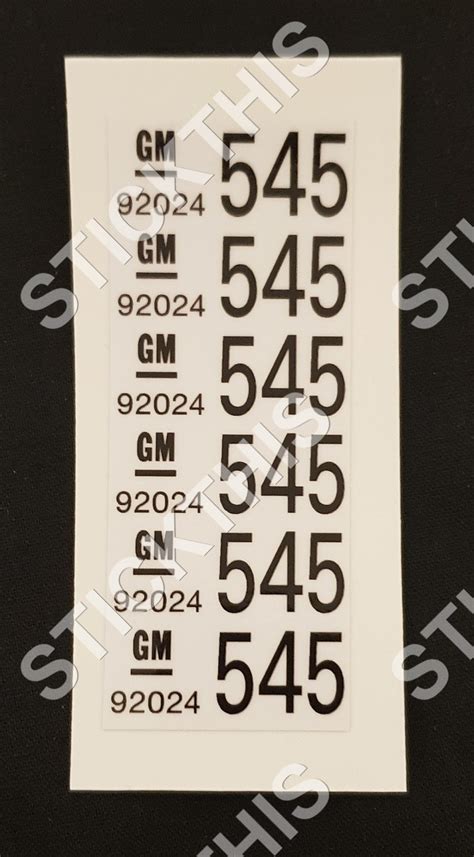
ALL ABOUT FLEX PCB
-
 Read more: Wiring Harness Labels: Why do you need to label the wires?
Read more: Wiring Harness Labels: Why do you need to label the wires?The Importance of Wiring Harness Labels Identification and Traceability Labeling wires in a wiring harness is essential for identification and traceability purposes. In complex systems with numerous wires, labels help technicians quickly identify specific wires and their corresponding functions. This is particularly important during troubleshooting, maintenance, and repair processes, as […]
-
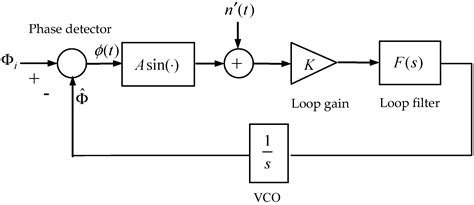 Read more: 565 Phase-Locked Loop: A Suitable IC for Linear Systems
Read more: 565 Phase-Locked Loop: A Suitable IC for Linear SystemsIntroduction to Phase-Locked Loops A Phase-Locked Loop (PLL) is an electronic circuit that generates an output signal whose phase is related to the phase of an input signal. PLLs are widely used in radio, telecommunications, computers, and other electronic applications where it is necessary to generate a stable frequency or […]
-
Integrated Circuits: An In‐Depth Guide
Posted by
–
 Read more: Integrated Circuits: An In‐Depth Guide
Read more: Integrated Circuits: An In‐Depth GuideWhat are Integrated Circuits? An integrated circuit (IC), also known as a microchip or chip, is a set of electronic circuits on a small, flat piece of silicon semiconductor material that is normally no bigger than a fingernail. Integrated circuits are used for a vast range of electronic applications, including […]
-
Khadas VIM3: The Beginner’s Ultimate Guide
Posted by
–
 Read more: Khadas VIM3: The Beginner’s Ultimate Guide
Read more: Khadas VIM3: The Beginner’s Ultimate GuideIntroduction to Khadas VIM3 The Khadas VIM3 is a powerful single-board computer (SBC) designed for developers, hobbyists, and enthusiasts who demand high performance in a compact form factor. This Beginner’s Guide will provide you with a comprehensive overview of the Khadas VIM3, its features, specifications, and potential applications. Key Features […]
-
SolderMask-Useful Progress In PCB Universe
Posted by
–
 Read more: SolderMask-Useful Progress In PCB Universe
Read more: SolderMask-Useful Progress In PCB UniverseIntroduction to SolderMask SolderMask, also known as solder resist or solder stop mask, is a thin layer of polymer that is applied to the copper traces of a printed circuit board (PCB). Its primary function is to prevent solder from bridging between conductors during the soldering process. SolderMask also provides […]
-
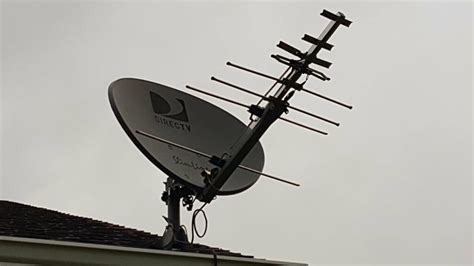 Read more: DTV Antennas: Types, Installation, and How to Make One
Read more: DTV Antennas: Types, Installation, and How to Make OneTypes of DTV Antennas DTV antennas can be categorized into several types based on their design, installation location, and reception capabilities. Indoor Antennas Indoor antennas are designed for use inside your home and are generally smaller and more discreet than outdoor antennas. They are easy to set up and can […]
-
PCB Engineer-The Practical Technology Skill
Posted by
–
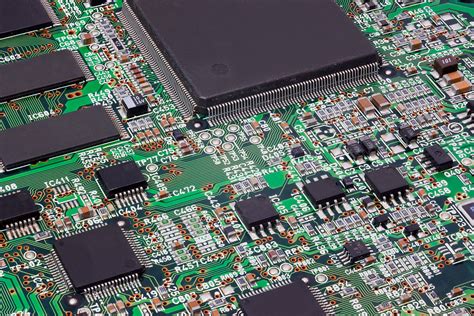 Read more: PCB Engineer-The Practical Technology Skill
Read more: PCB Engineer-The Practical Technology SkillWhat is PCB Technology? PCB stands for printed circuit board. It is the foundation of nearly all modern electronic devices. PCBs are flat boards made of insulating materials like fiberglass, with conductive copper traces printed on them in a specific pattern. Electronic components like microchips, resistors, and capacitors are then […]
-
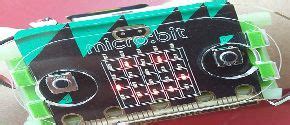 Read more: Micro: Bit Projects: 11 Cool Projects for Beginners
Read more: Micro: Bit Projects: 11 Cool Projects for BeginnersIntroduction to Micro:Bit The BBC Micro:Bit is a pocket-sized, programmable computer designed to make learning and teaching easy and fun. It’s a great tool for beginners to start their coding journey and create amazing projects. In this article, we’ll explore 11 cool Micro:Bit Projects suitable for beginners. Request Flex PCB […]
-
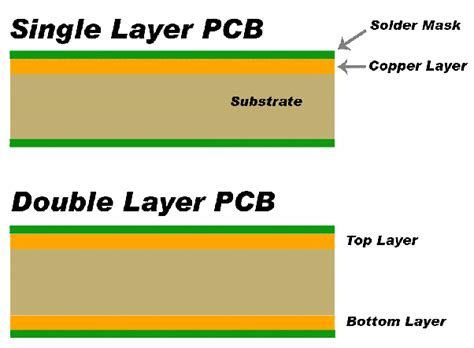 Read more: PWB VS PCB: Which Term is Standard Usage for Circuit Boards
Read more: PWB VS PCB: Which Term is Standard Usage for Circuit BoardsWhat is a PWB? A PWB, or printed wiring board, refers to the base board used to physically support and connect electronic components using conductive pathways, tracks, or signal traces etched from copper sheets laminated onto a non-conductive substrate. The term PWB emerged in the early days of electronic circuit […]
-
PCB Heater-What You Need To Know About
Posted by
–
 Read more: PCB Heater-What You Need To Know About
Read more: PCB Heater-What You Need To Know AboutIntroduction to PCB Heaters A PCB (Printed Circuit Board) heater is a specialized heating element designed to be integrated directly onto a printed circuit board. These heaters are used in various applications where precise and localized heating is required, such as in electronics, medical devices, and industrial equipment. PCB heaters […]
